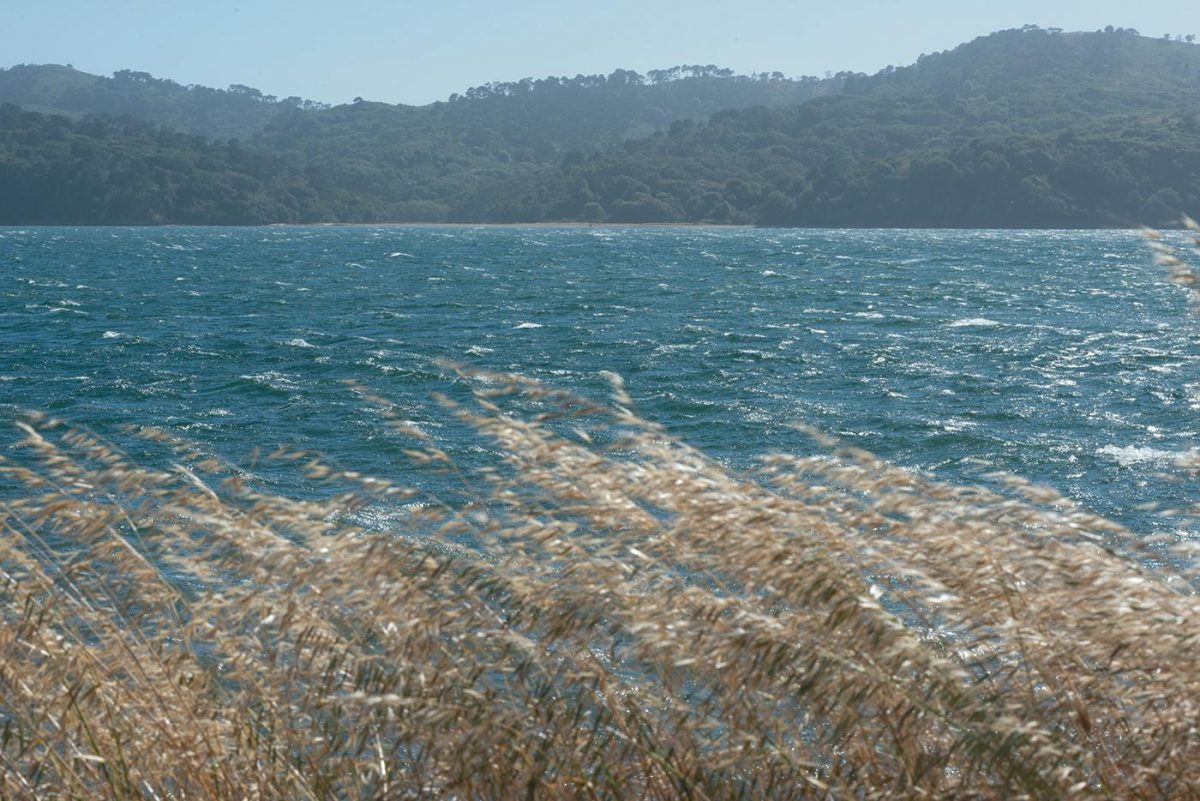This spring delivered record-breaking upwelling off the Marin coast, according to data from the National Oceanographic and Atmospheric Administration.
“May . . .

This spring delivered record-breaking upwelling off the Marin coast, according to data from the National Oceanographic and Atmospheric Administration.
“May . . .